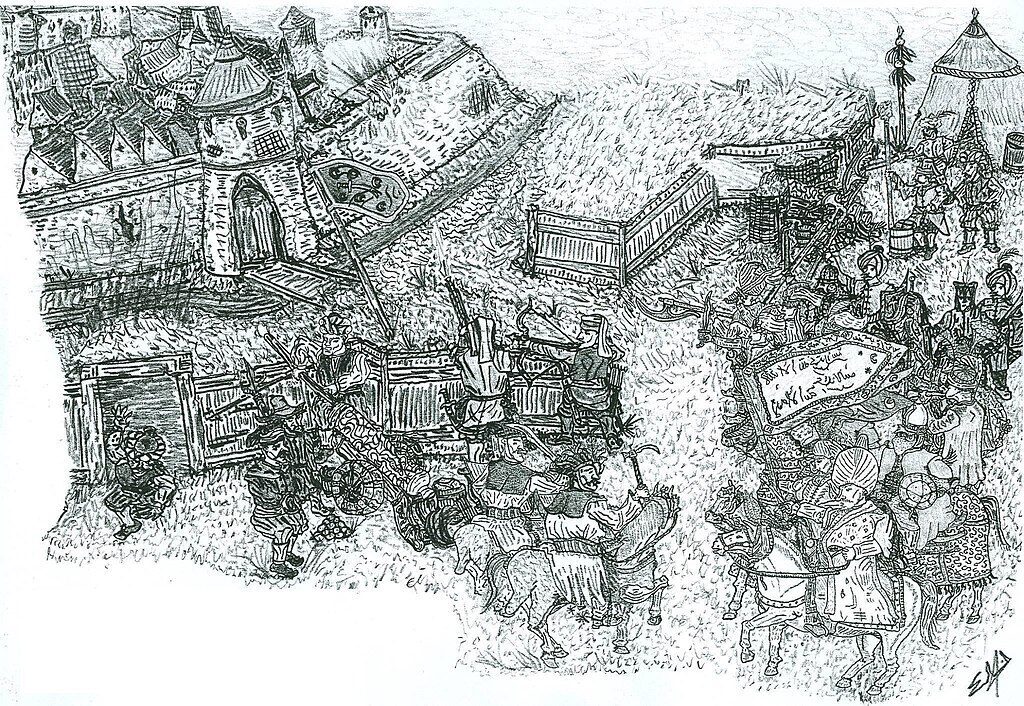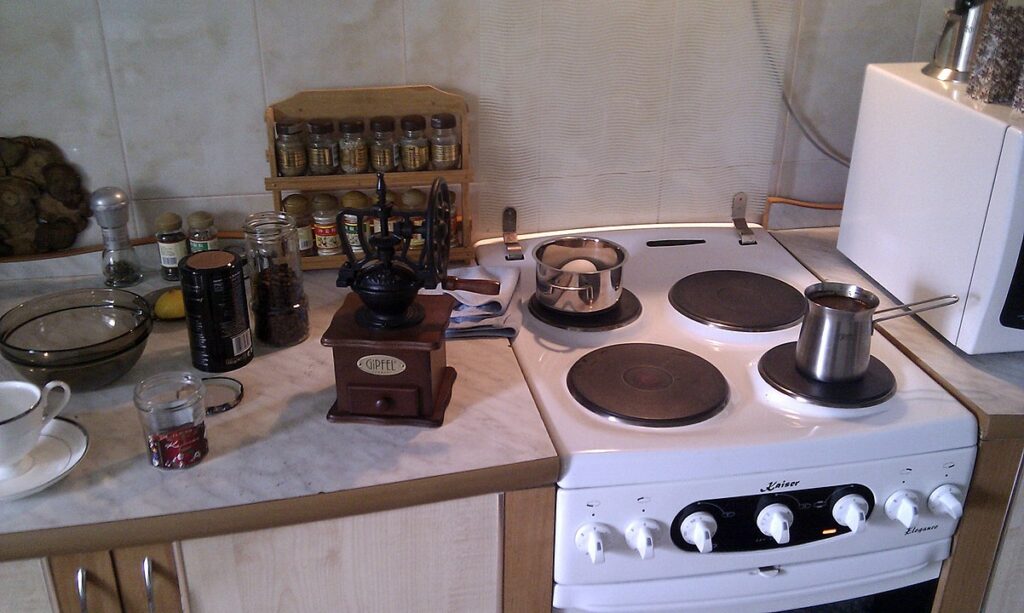The Turkish coffee is a great example of how Turkey and Croatia share a lot of history which is influenced by conflicts as well as cultural exchange. The Ottoman Empire grew into a powerful force in the fifteenth century, and the Balkan region, including the territory of Croatia, couldn’t stay out of its reach. While this period is remembered as a quite challenging era for Croatians, the effect of the historical clash left many interesting fragments that are still present in Croatian cultural heritage.
And the Turkish coffee is certainly one of them. If we look closely at the incredible history of coffee, the Black drink was brought to the region by the Turks who loved the coffee so much they wanted to keep the coffee beans all for themselves. However, because the army couldn’t stay apart from the favourite beverage, they carried bags full of coffee beans everywhere they went, and they left a cultural trail Croatians soon followed. Now, in the modern days, the Turkish coffee stands firmly in the center of the social circle, playing a crucial role in strengthening the values of hospitality and friendship.
A shared past: How Turkish Coffee reached Croatia
The Croatian gastronomy scene offers a variety of dishes and drinks whose origins can be traced back to the Turkish culture. The reason hides behind the influence of the Ottoman empire that was very prominent in the Balkan region, especially in the sixteenth century. During the war that lasted around 100 years, from the end of the 15th to the end of the 16th century, the two forces fought on the Croatian territory on numerous occasions leaving a trace of conflict across the entire Kingdom of Croatia. Right until 1593, the advancement of the Turkish army was unstoppable, not to mention that the Turkish occupation lasted all the way until the end of the 17th century.

While the political impact is, without a doubt, very important, Turkish culture holds a special role in Croatian traditions and offers another perspective on the era.
The perfect example is Turkish coffee as Croatians assimilated the Turkish method of coffee brewing and successfully adapted it to their own daily routine. Over the course of years, the process barely changed.
The original recipe for Turkish coffee plays an important role in the Croatian coffee culture and the Croatians follow it almost to the letter. The similarities include, for example, the use of the same type of coffee pot (called dzezve in Croatia as opposed to cezve in Turkey), the same coffee-water ratio, and both recipes pay special attention to coffee beans that should be freshly grounded.
Although some households still take great care regarding the quality of coffee beans and the way they are roasted, the situation has slightly changed in the last 80 years. The Croatian coffee culture was always oriented toward Brazilian Minas and some Arabica mixtures for Turkish coffee, but lately, the market has been flooded with cheaper coffee of lesser quality and many people welcomed this option. Considering the importance of specialty coffee is slowly taking over its rightful place, maybe the trend will change and Turkish coffee will regain its former shine on the Croatian market.
There is yet another aspect that draws the line between the Turkish culture and the Croatian culture and it is related to the brewing process. While I was living in Croatia, I noticed each household prepares Turkish coffee in a slightly different manner. Some wait until water reaches a boiling point to add coffee and sugar while some add the ingredients sooner in an order of their preference. However, unlike Turks who pay special attention to the water temperature, the common ground is that Croatians let the water boil which affects the aroma to a certain extent.

Some coffee enthusiasts argue that the Croatian way of brewing destroys the aroma of Turkish coffee, mostly because coffee grounds are exposed to higher temperatures. However, both recipes have quite a unique signature. Both Croatian and Turkish coffee have something else in common, regardless of the differences: they are prepared with a lot of care and attention, and a day doesn’t go by without a fresh pot of coffee on the stove and a companion to share it with.


